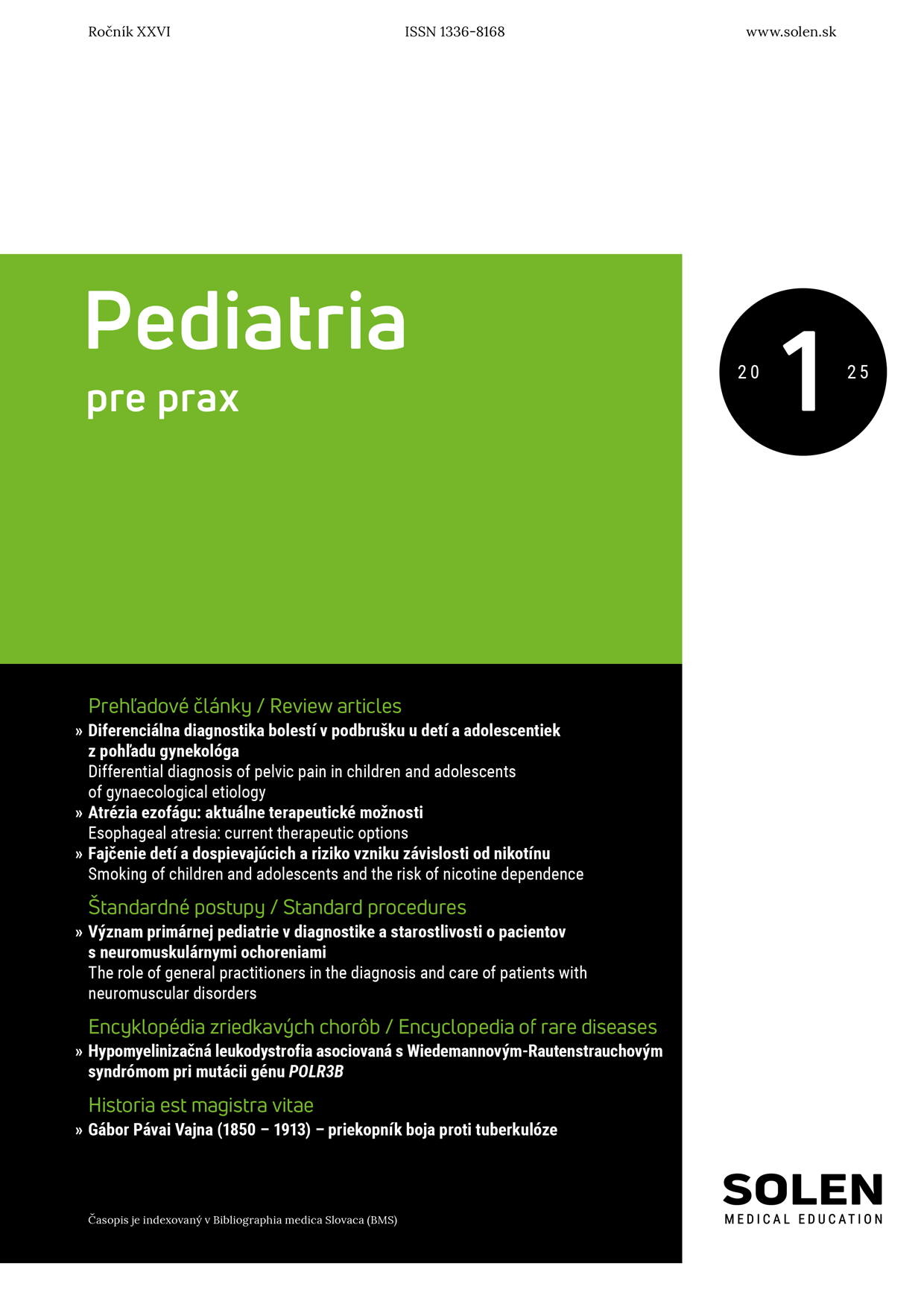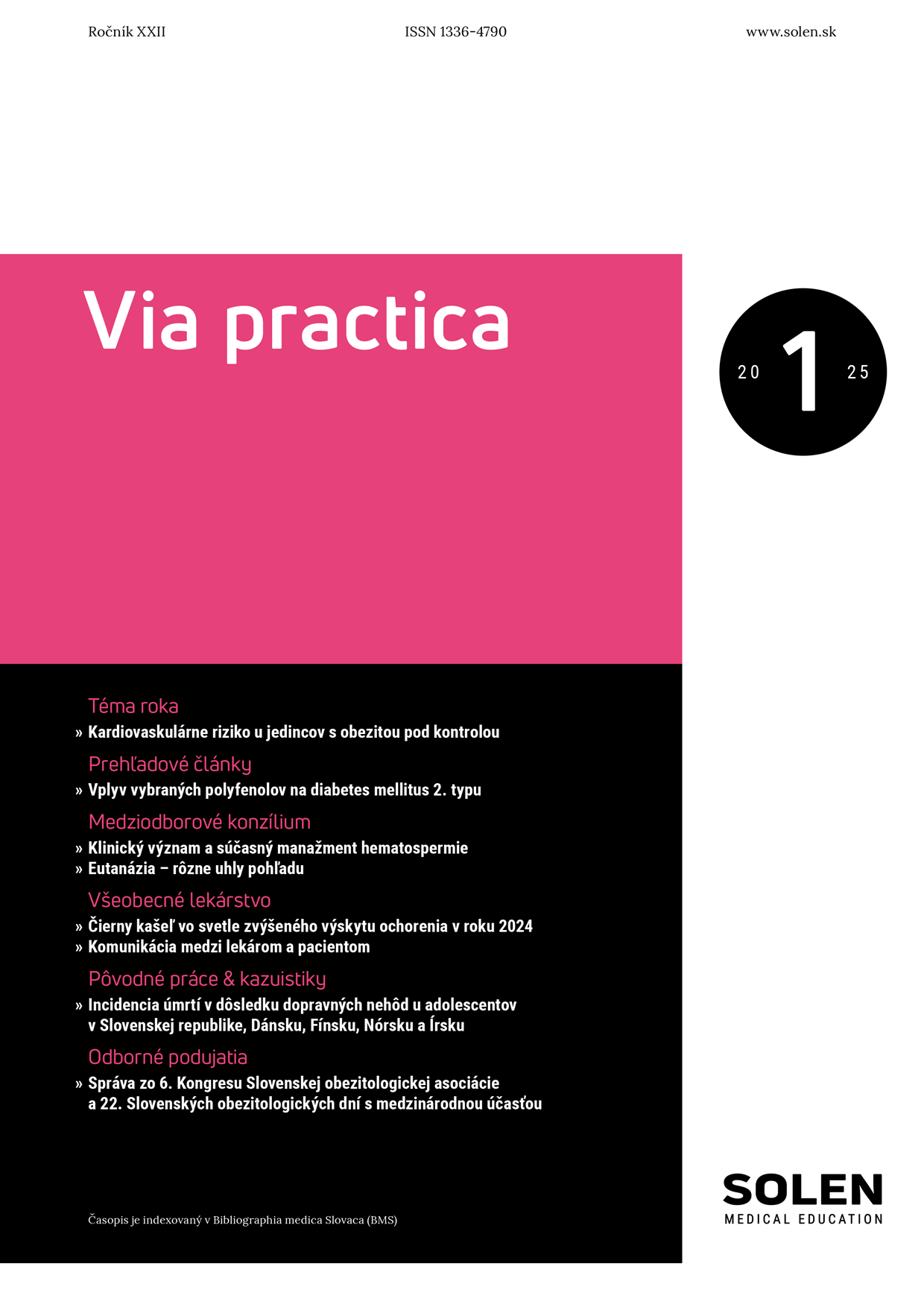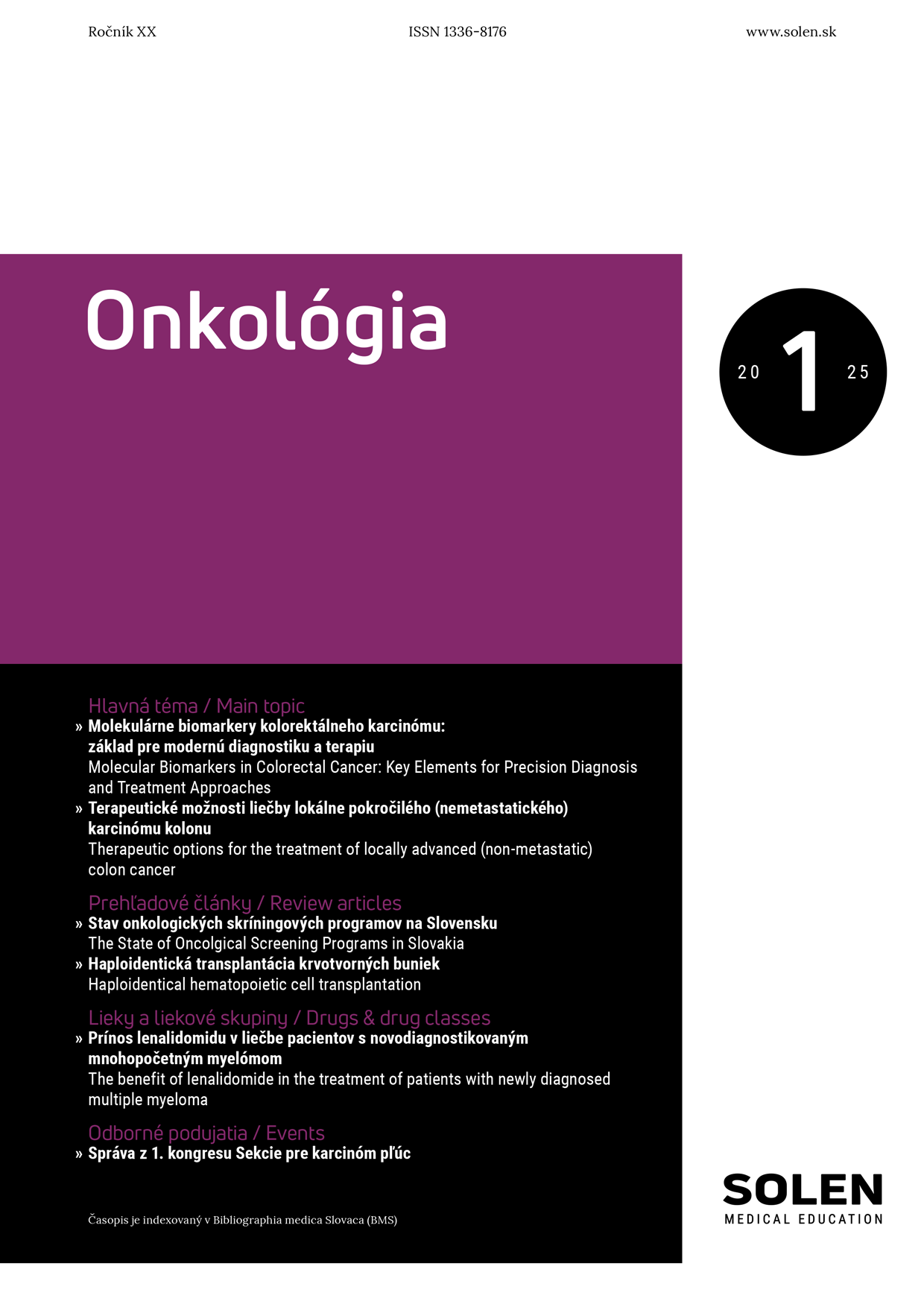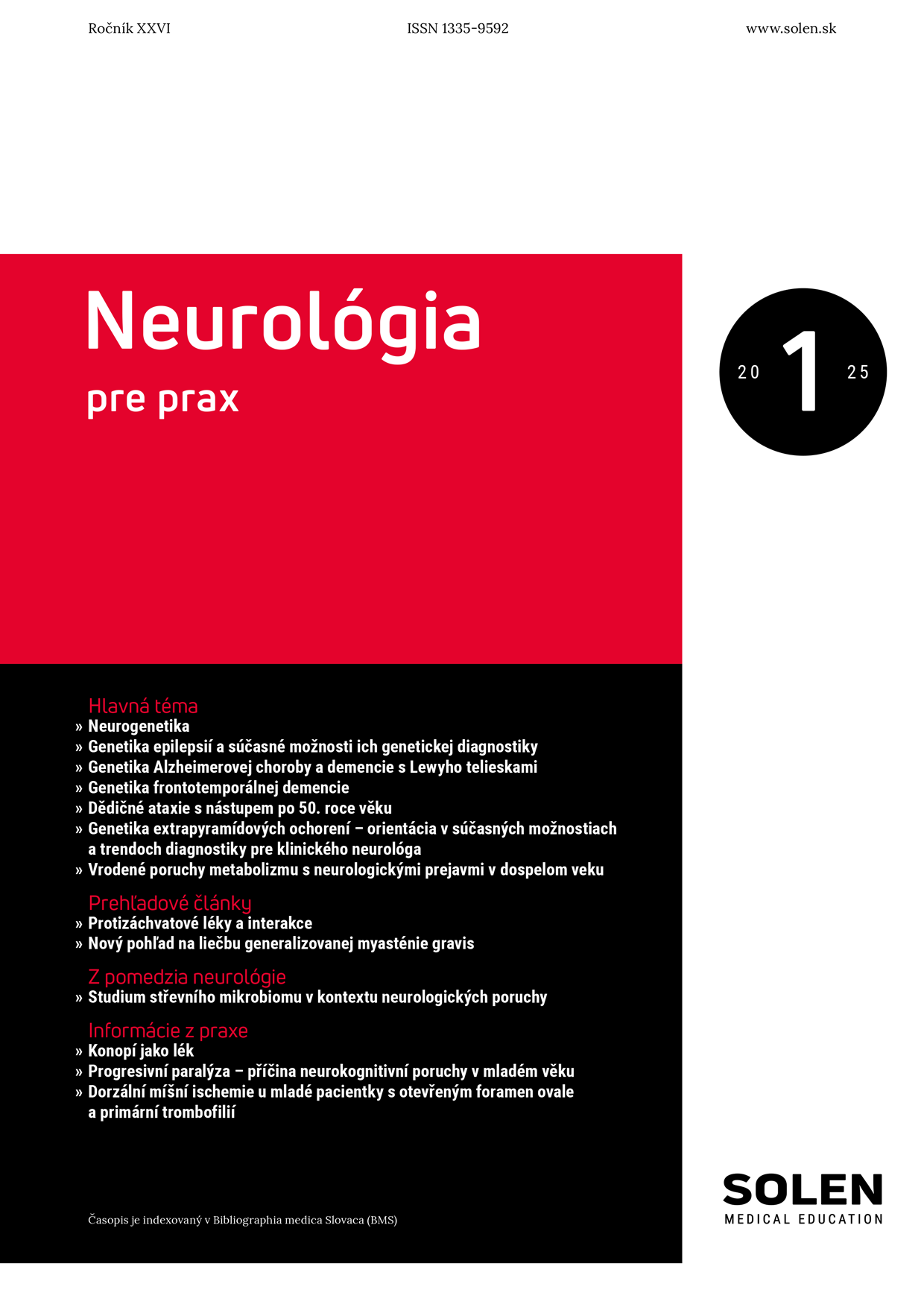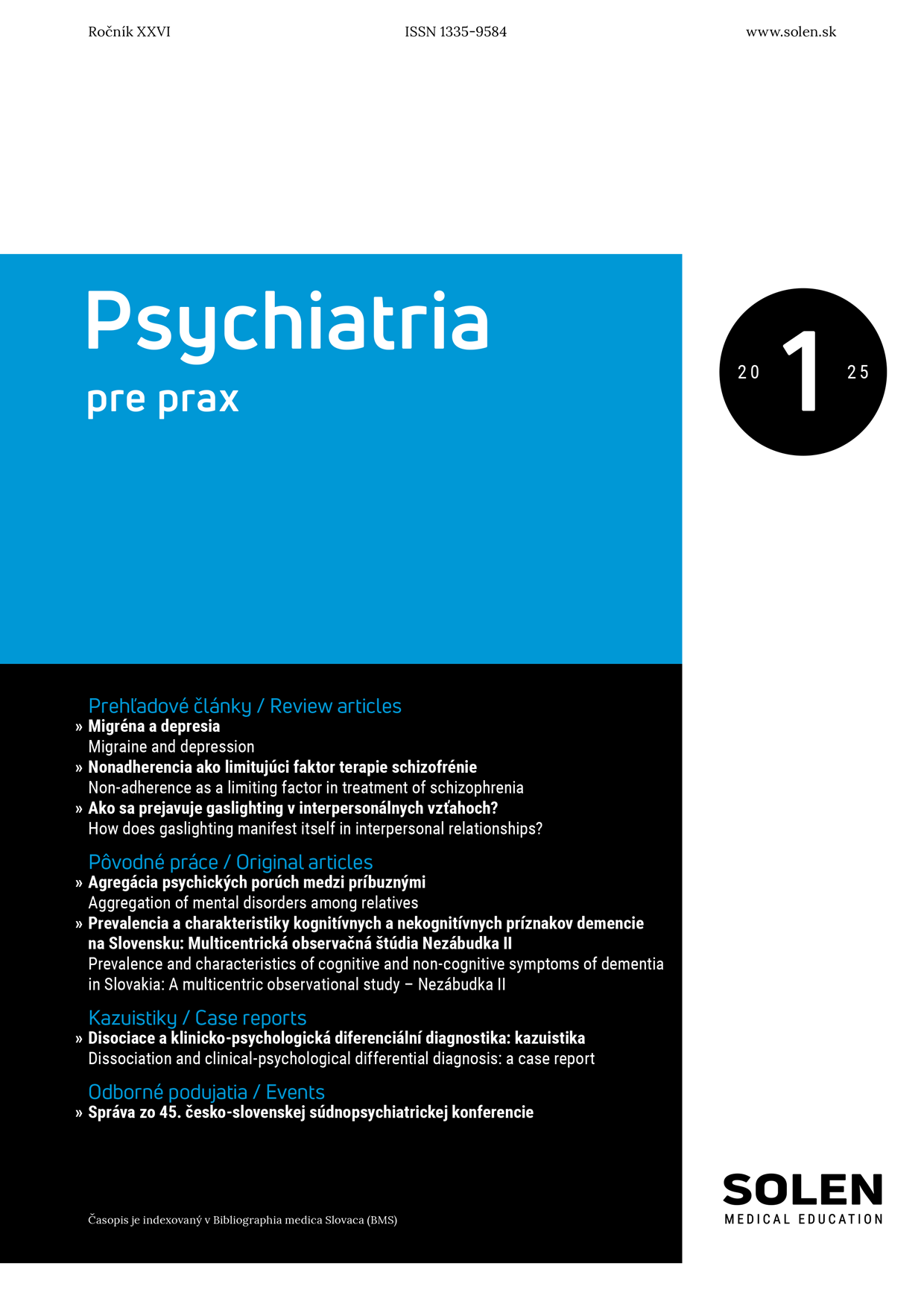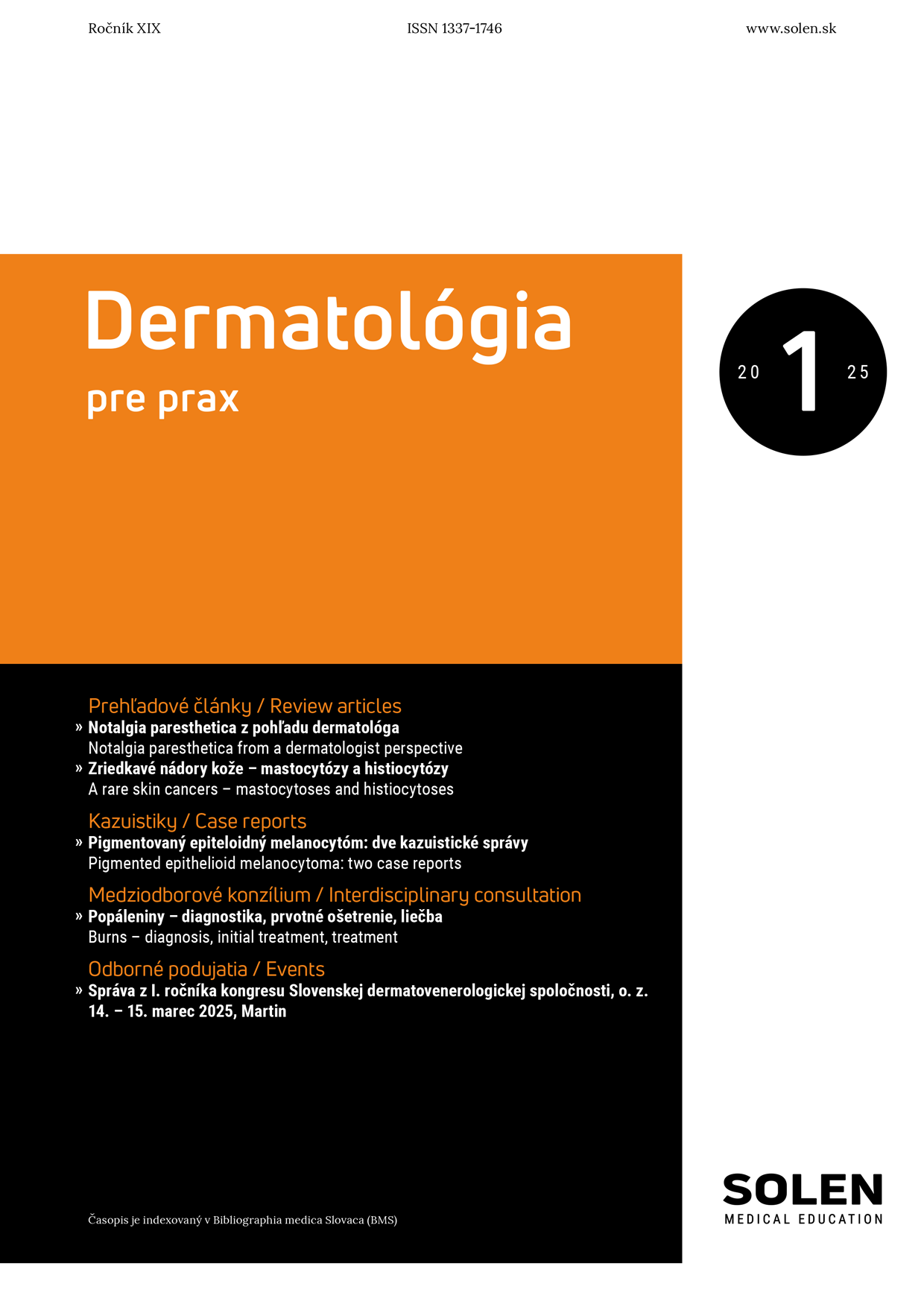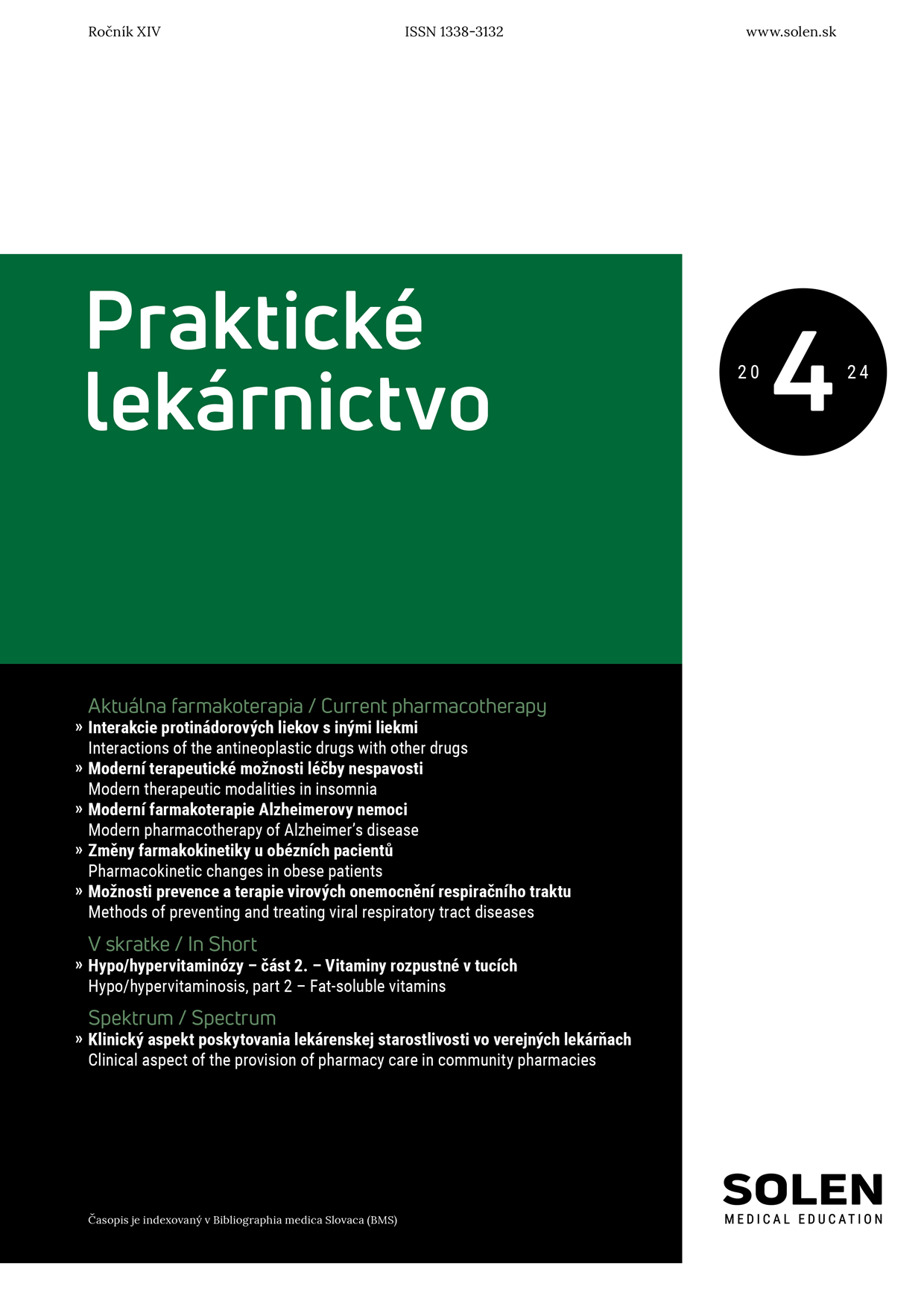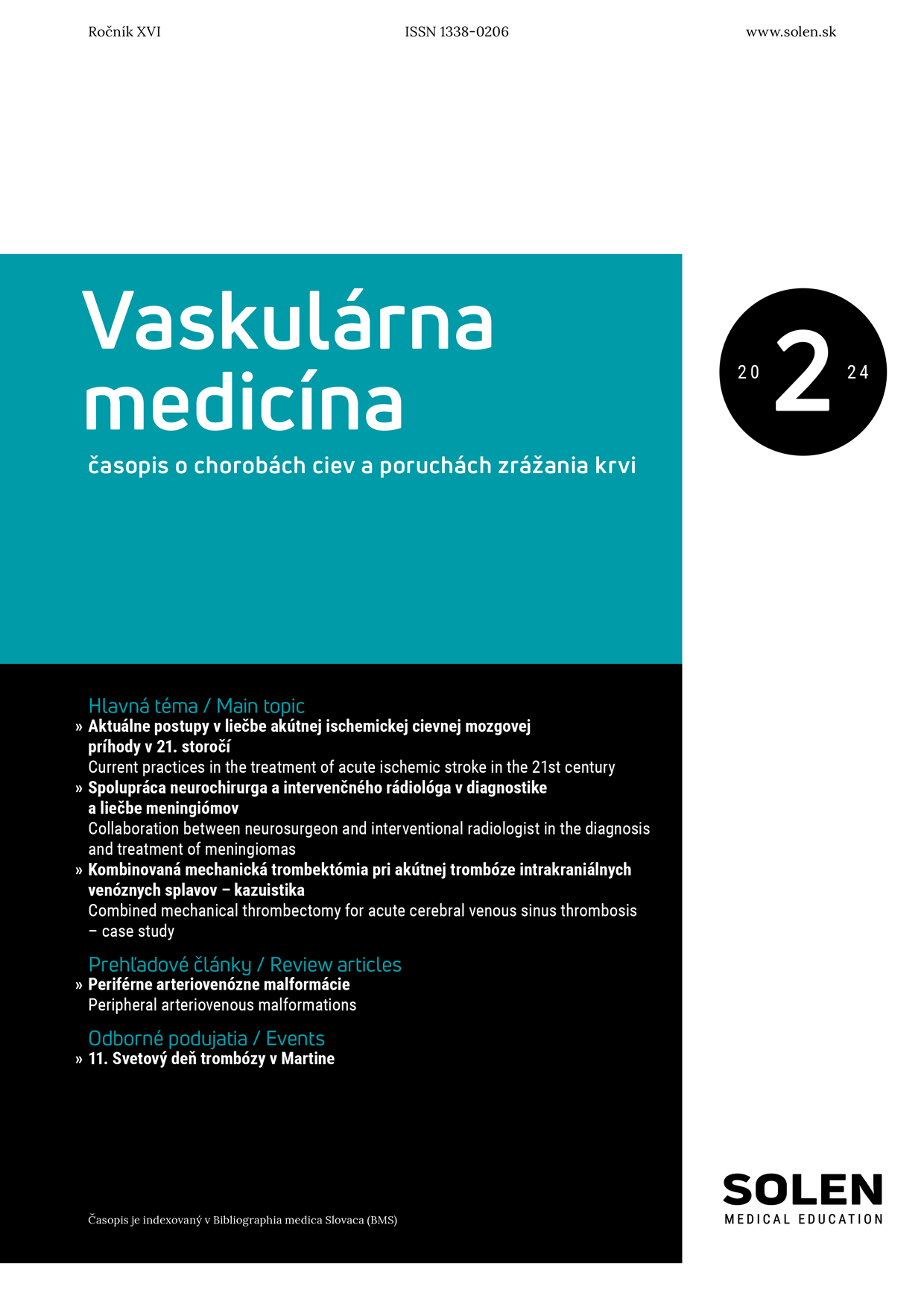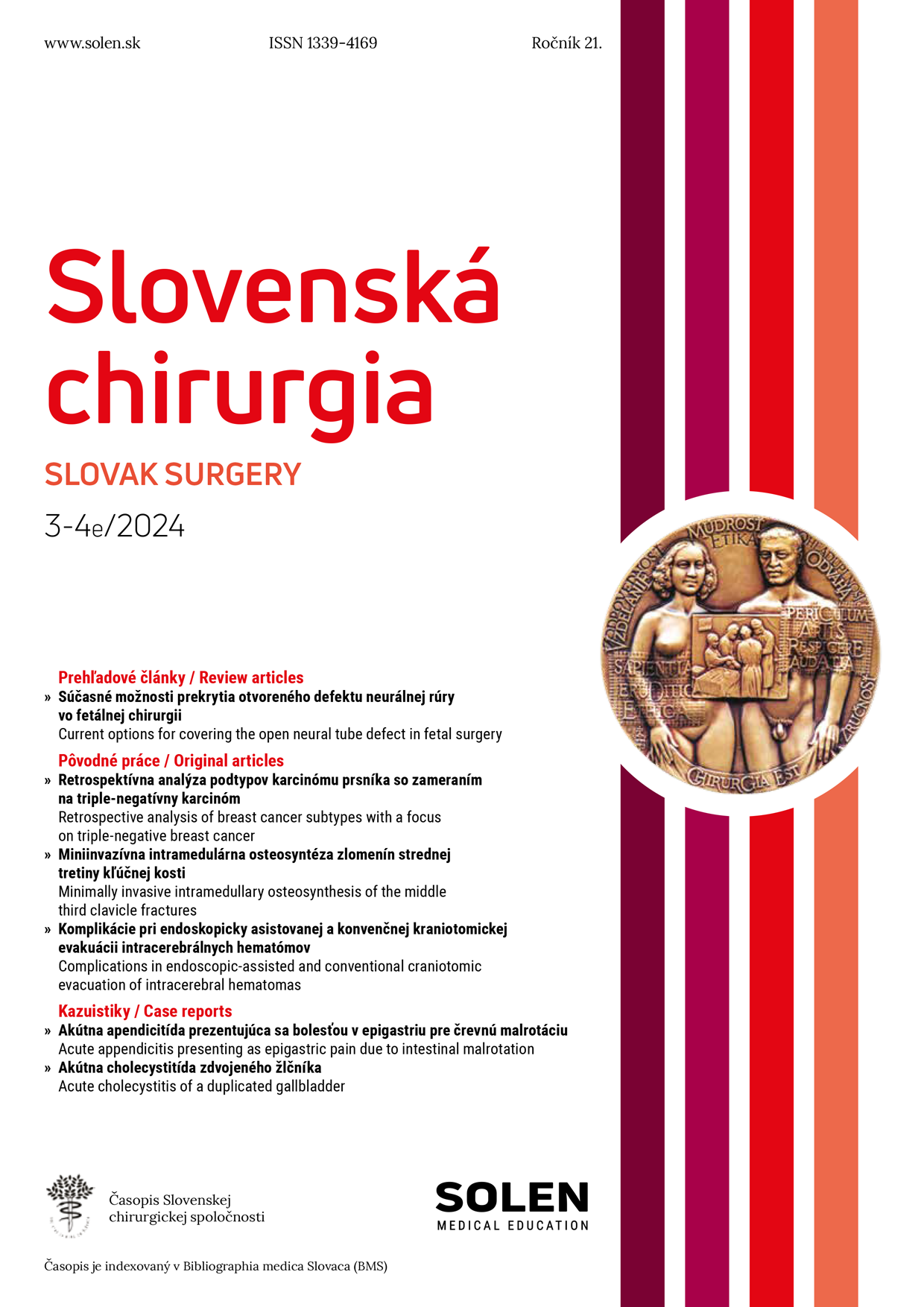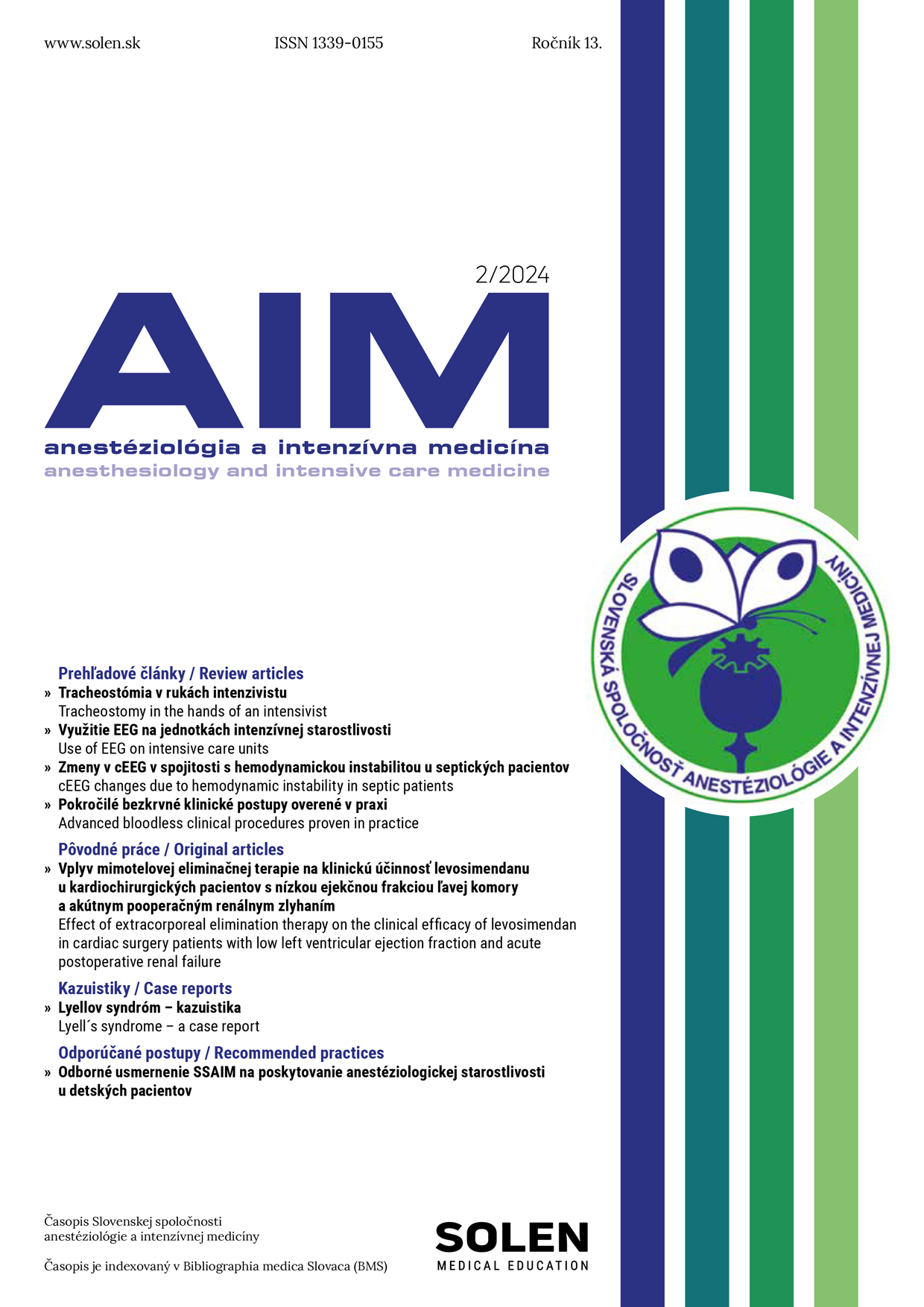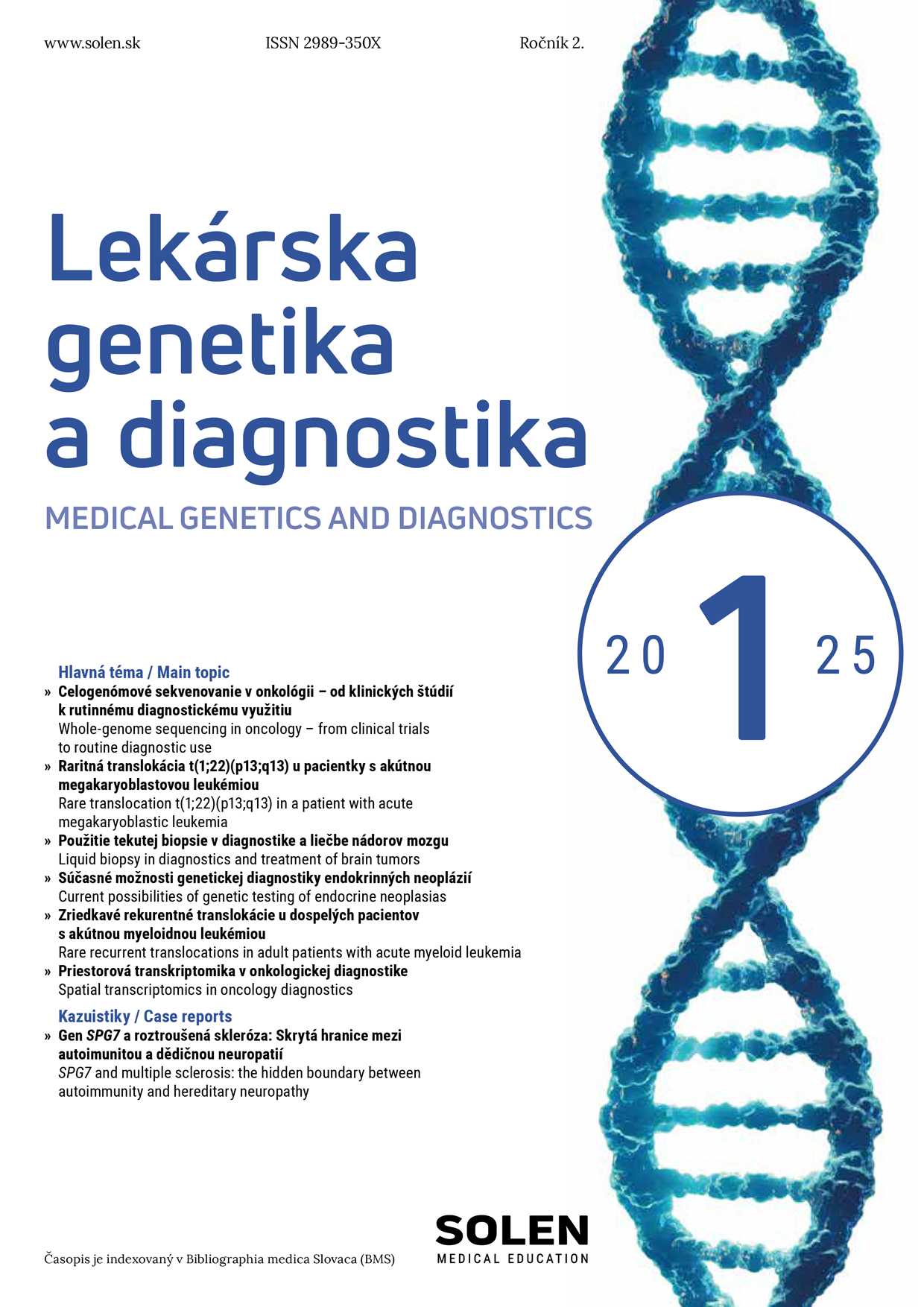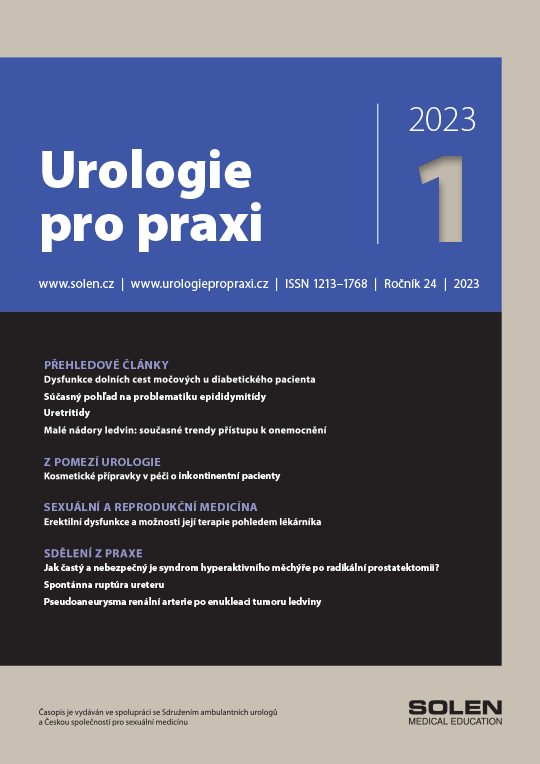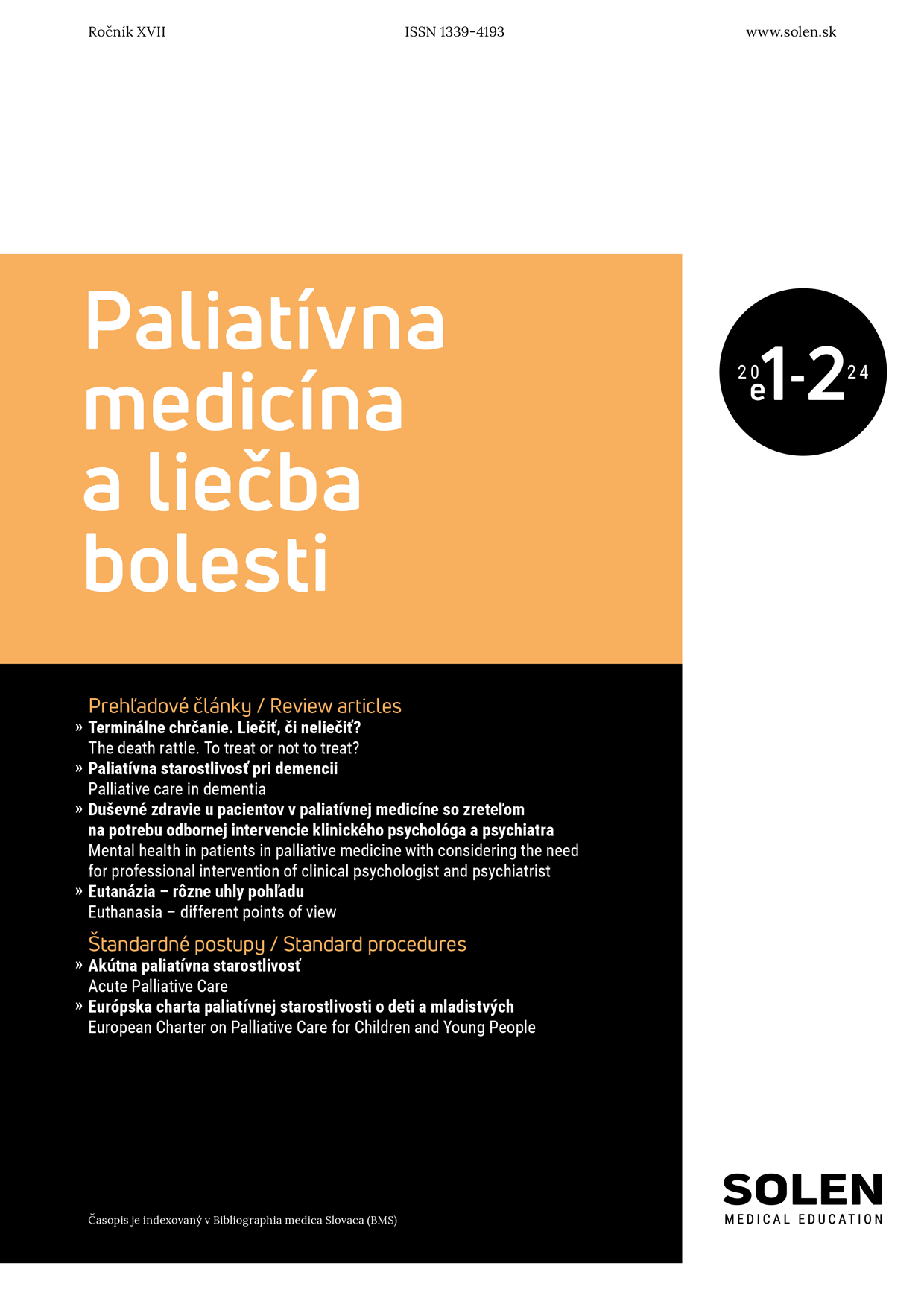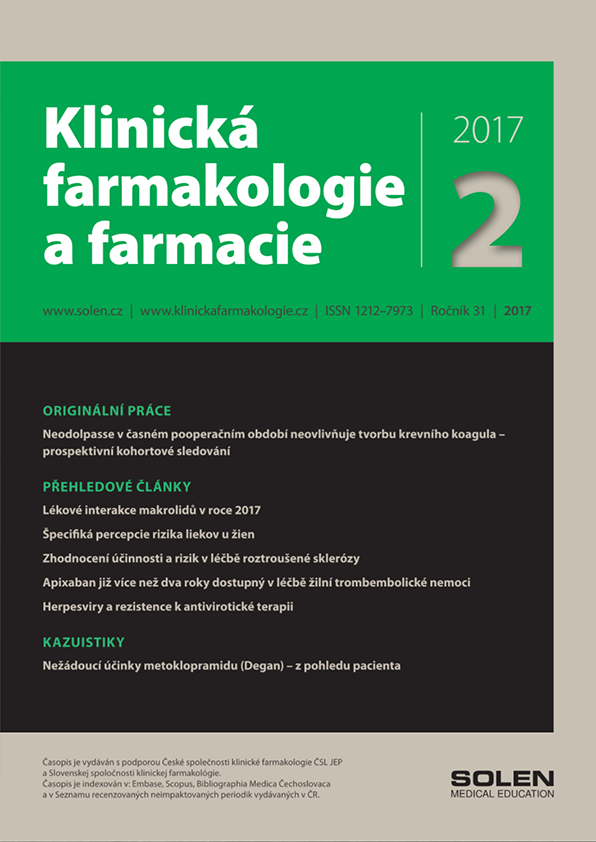Via practica 1/2025
Communication between doctor and patient
This article serves as a practical guide to effective patient communication, emphasizing the importance of this skill for the professional success of every doctor. This article focuses on the crucial role of communication in the doctor-patient relationship, which is one of the most significant yet challenging dynamics within the helping professions. It highlights the differing perspectives of both parties – for the doctor, the patient may be part of a daily routine, while for the patient, the doctor represents an authority entrusted with their health during moments of vulnerability. These dynamic underscores the need for high-quality and effective communication. The article offers practical tools for general practitioners that can be immediately applied in their practice, emphasizing that communication skills are not innate but can be learned and developed. The text explores not only the reasons why effective communication enhances patient trust and satisfaction but also how it contributes to better work organization, conflict prevention, and burnout reduction for doctors. It highlights the alarming lack of communication skills training in medical education in Slovakia, where this essential aspect remains marginalized despite its critical importance in clinical practice. The article presents five key pillars of effective communication – from welcoming the patient, setting transparent rules, and appropriately utilizing body language, to ensuring clarity and applying active listening techniques (resonating, reflecting, and responding). These principles not only strengthen the doctor-patient relationship but also enhance the therapeutic effect of communication itself, significantly contributing to the quality of healthcare delivery.
Keywords: communication, communication skills, empathy, active listening, complaints, burnout prevention


